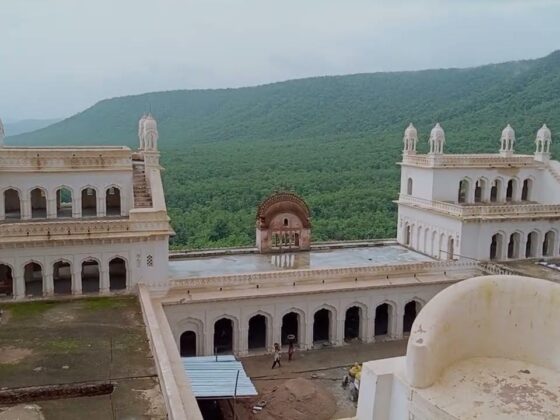The Tomar Dynasty: A Glorious Legacy of Rajput Valor

The Tomar Dynasty: A Glorious Legacy of Rajput Valor and Cultural Renaissance
Known for their valor, strategic alliances, and contributions to architecture and culture, the Tomars greatly influenced northern India. Their most significant achievement was establishing Delhi as a vital political and cultural center. This article explores the origins, rise to power, key rulers, and lasting impact of the Tomar Dynasty, which continues to shape Indian history today.
Origins and Early History of the Tomar Dynasty
The Tomar Dynasty traces its roots to the 9th century. They belonged to the Rajput warrior class, and their name, ‘Tomar,’ likely came from the word ‘Tomer,’ meaning ‘a person who possesses a weapon.’ Initially, the Tomars ruled over regions in present-day Rajasthan and Haryana. They later expanded their influence into Delhi and surrounding areas.
The Tomar rulers excelled in warfare, forging key political alliances and gaining control over crucial territories in northern India. As a result, they established Delhi as a political and military stronghold.
Key Rulers of the Tomar Dynasty
Several Tomar kings played pivotal roles in expanding the dynasty’s influence. Among them, these rulers stand out:
Anangpal I (c. 11th Century)
Anangpal I founded the Tomar Dynasty in Delhi. His reign marked the beginning of the Tomars’ rule over the city, which later became a center of power in India. He built the Lal Kot fort, a major defensive structure that laid the groundwork for Delhi’s future as a political hub. His contributions also shaped Delhi’s military strength.
Anangpal II (c. 12th Century)
Anangpal II succeeded his father and further solidified Tomar rule in Delhi. He focused on strengthening the city’s defenses and expanding its territorial influence. During his reign, the Tomars also reinforced Delhi’s position against external threats, enhancing their reputation as strong leaders.
Vigraharaj Singh (c. 12th Century)
Vigraharaj Singh was another influential ruler. He defended Delhi from invaders, leading several successful military campaigns. He also focused on territorial expansion, making Delhi a more secure and prosperous kingdom.
Cultural and Architectural Contributions
The Tomar Dynasty is renowned for its contributions to art, architecture, and culture. Their legacy can still be seen in the region today.
The Lal Kot Fort and Qutb Minar
Anangpal I’s Lal Kot fort is one of the most significant architectural feats of the Tomar Dynasty. This fort, which later expanded to form the Qutb Minar complex, remains a symbol of their military might. Today, the Qutb Minar stands as a UNESCO World Heritage site, a lasting reminder of the Tomars’ influence.
Patronage of Arts and Literature
The Tomar rulers supported scholars, poets, and artists, encouraging the development of classical Indian literature and the arts. They fostered an environment where intellectual and artistic activities flourished, making Delhi a major center for cultural and intellectual exchange.
Decline of the Tomar Dynasty
The Tomar Dynasty began to decline after the rise of the Ghurid Empire. In 1192, Muhammad Ghori’s forces defeated the Tomars, ending their rule over Delhi. Despite their fall, the Tomars’ influence on the city remained. Their architectural and cultural contributions persisted long after their defeat, especially within the structures they had built.
The Tomar Dynasty’s Lasting Impact
Though the Tomar rulers no longer held power, their legacy continues to resonate in modern India. They laid the foundation for Delhi’s growth as a major political and cultural center. Their architectural contributions, including the Lal Kot fort and Qutb Minar, remain symbols of their enduring influence.
The Tomars also played a role in the development of Indian literature and the arts. Their patronage of scholars and artists helped shape the intellectual landscape of northern India, and many of the traditions they supported continue to thrive today.
Conclusion
The Tomar Dynasty’s legacy showcases the power, resilience, and cultural contributions of the Rajput clans. Their military victories, architectural achievements, and commitment to the arts shaped the course of Delhi’s history. Even though their direct rule ended centuries ago, the Tomar Dynasty’s influence remains visible in the region’s culture and heritage.
By establishing Delhi as a thriving political center and nurturing the arts, the Tomar rulers left a lasting imprint on India’s historical and cultural narrative.








